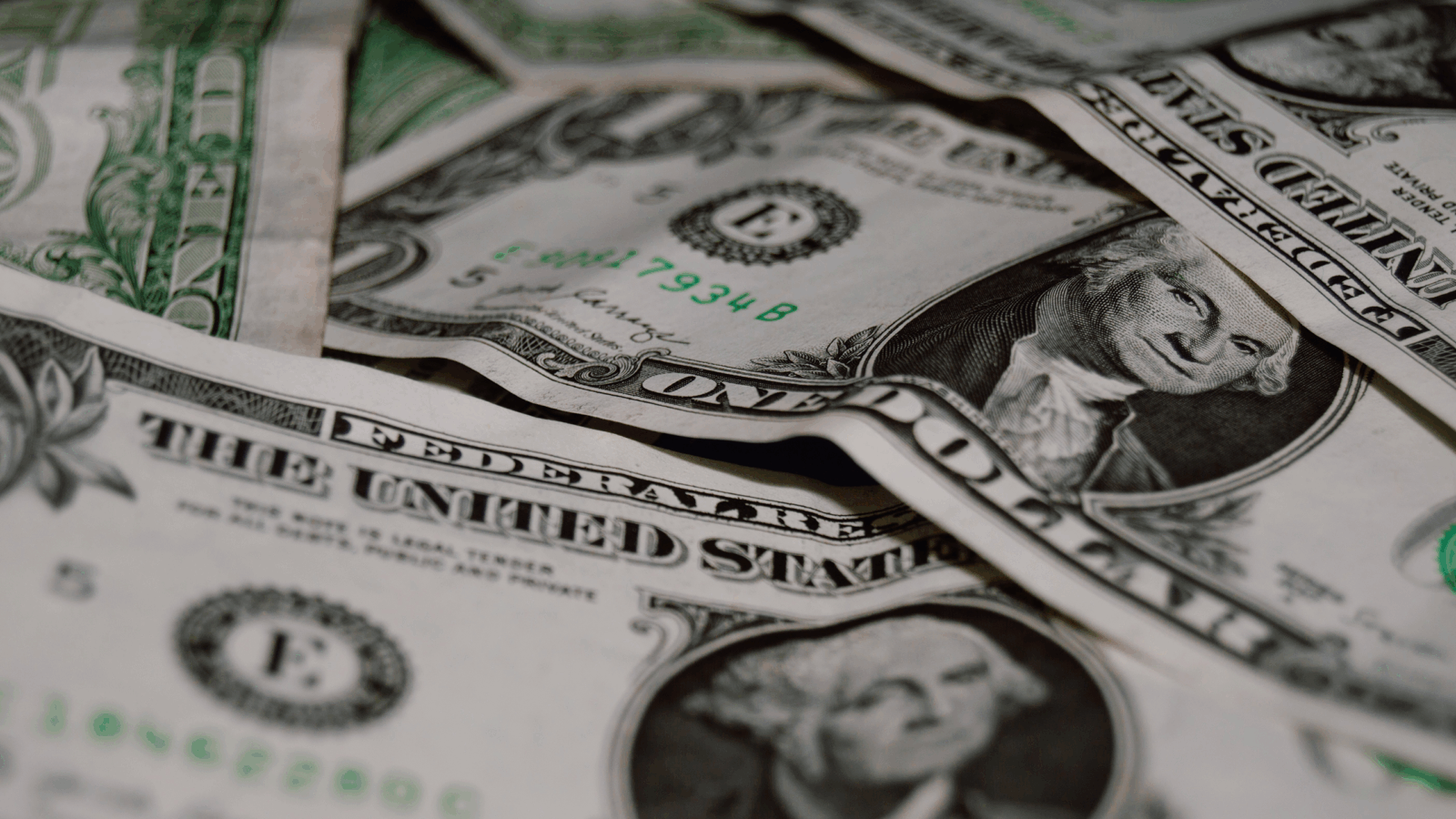Good morning.
Elon Musk’s xAI is looking to raise $5 billion in debt and seeking a $113 billion valuation in a $300 million share sale, according to multiple reports Monday. The startup behind artificial intelligence chatbot Grok acquired Musk’s social media platform, X, in March via an all-stock deal, and the share sale would affirm that deal’s valuation of xAI at $80 billion and X at $33 billion.
But what does Grok think? We asked. Citing a Sacra estimate that xAI generated $100 million in revenue last year and an eMarketer estimate that X achieved roughly $2 billion, xAI’s flagship chatbot told us that a $113 billion valuation for its parent company “appears excessive unless xAI can significantly scale revenue.” Arguing “xAI’s valuation remains speculative and heavily reliant on X’s ad revenue (which is financially constrained) and unproven AI growth,” it said the company’s estimated price-to-revenue ratio of 53.8 is much too high for its liking. Maybe ChatGPT would say nicer things?
Wall Street Braces for More Investors Dissing Dollar

While we can’t say there’s ever a bad time for a two-week summer sojourn to Palermo, there certainly have been better times than now.
That’s because the US dollar is on a downward slide to its lowest point in roughly three years. While not necessarily a bad thing (unless you’re looking for cheap arancini and bottles of the house cabernet sauvignon), the dip comes just as a couple of other key US economic indicators have begun blinking red, too. And, according to most experts, it’s just the beginning of a protracted dollar decline.
No, Mr. Bond (Market), I Expect You to Crack
While cooling trade tensions have fueled something of a market rebound recently, the rising tide has excluded the US dollar — which fell about 0.6% against a basket of trading partners on Monday to land near the three-year low point it hit in the immediate aftermath of “Liberation Day” tariff announcements in April. According to analysts at Morgan Stanley, the dollar could decline by another 9% by this time next year, reaching depths not seen since the early days of the pandemic, as investors continue to rotate out of US assets.
Along those lines: US Treasurys are in an epic slump of their own while a new GOP spending bill — which the nonpartisan Congressional Budget Office says will add a net $2.3 trillion to federal budget deficits over the next decade — works its way through Washington. Longer-term bonds have been hit the hardest:
- On Monday, the yield on the 30-year Treasury rose to nearly 5%, up from around 4% at the start of the year — and briefly even traded above the yield of the 20-year US bond, a rarity since the US Treasury re-introduced the 20-year bond in 2020.
- That comes after JPMorgan CEO Jamie Dimon warned of a coming “crack in the bond market” last Friday, though he said he is “not going to panic.” Also last week: Todd Sohn, senior ETF and technical strategist at Strategas Securities, told CNBC that “long duration just doesn’t work right now” and noted that long-term Treasurys have posted a negative performance since September, the worst such streak since the financial crisis.
Manufacturing Discontent: Of course, crimping the value of the dollar was (at least partially) one of the White House’s trade war goals — with the idea being that a weaker dollar could spur a revival in US manufacturing. While that might still come true, the most recent data suggests trade-warring has had the opposite effect. The Institute for Supply Management said Monday that its closely watched Purchasing Managers’ Index of manufacturing activity fell to 48.5 in May, extending its contraction for a third straight month. The report helped fuel the bond and dollar declines on Monday. Manufacturing inputs are likely to get more expensive, too, with futures tracking steel and aluminum prices spiking after the White House announced it would double tariffs on imports of the metals. Next up on the list of economic indicators? A May jobs report, due Friday, which could show whether labor is feeling the same drag as the manufacturing sector and could influence whether the Federal Reserve cuts interest rates at a meeting later this month. On second thought, Maybe now is a great time to escape reality and enjoy the soft sands of Sicilian beaches.
Retirement Isn’t A Dream. It’s A Strategy.

You’ve spent decades growing your wealth. But, do you have a plan to put your hard-earned assets to work for you in retirement?
Boldin helps you move from uncertainty to strategy, without the advisor fees. It’s a powerful DIY retirement planning platform built for people who want more control (and less guesswork) about their future.
With Boldin you can harness a suite of uniquely actionable tools:
- Run “what-if” scenarios (like health and longevity scenarios) to test different retirement timelines.
- Get a personalized chance-of-success score (and tips to improve it).
- Explore tactical moves like a Roth conversion, and how Social Security will impact your financial picture.
Day-to-day, you can also track your savings, income, taxes, and investments in one clear view.
Over 450,000 users managing $300B+ in wealth trust Boldin to map their future.
Bristol Myers Paying BioNTech Up to $11.1B in Cancer Drug Team-up
Could the world’s best-selling drug have competition on the way?
American pharmaceutical giant Bristol Myers Squibb agreed Monday to pay up to $11.1 billion to partner with Germany’s BioNTech and co-develop its next-generation immunotherapy for cancer, which could compete directly with Merck & Co.’s breakthrough treatment Keytruda.
Everybody Wants In
At the heart of the deal is a relatively new drug technology called PD-1/VEGF bispecific antibodies. Basically, they work in two ways. First, they block PD-1, a protein that in good times helps manage the immune system but which some cancers can manipulate to sneak under the radar of a body’s defenses. Second, they block VEGF, a protein that plays a key role in the growth of new blood vessels, which tumors need to grow and spread.
The initial breakthroughs in PD-1/VEGF bispecifics have come from China, but an arms race among Western drug developers was triggered last September. That’s when Hong Kong-based drugmaker Akeso and Menlo Park, California-based Summit Therapeutics reported that their treatment ivonescimab bested Keytruda in a head-to-head trial. Two months later, BioNTech announced it was buying China’s Biotheus, and with it, control of the bispecific antibody BNT327, for $800 million upfront and $150 million in potential milestone payments. That deal, which closed in February, placed the German drugmaker at the front of the pack, along with Summit, in the race to develop PD-1/VEGF bispecific drugs for Western markets.
Not to be outdone, Merck joined the race when it dropped $588 million up front on the global rights to Shanghai-based LaNova Medicines’ PD-1/VEGF bispecific antibody. It had good reason: While Keytruda sales rose 18% to $29.5 billion in 2024, Merck’s stock has plummeted 30% in the past six months over fears about its loss of exclusivity for the drug in 2028 and the threat of competition. Monday’s deal upped the ante when it comes to potential challengers:
- BioNTech’s deal with Bristol Myers Squibb includes $3.5 billion in unconditional payments, which will immediately bolster its resources to develop experimental PD-1/VEGF bispecific cancer treatments. Its partnership with Pfizer on a COVID-19 vaccine during the pandemic showed it could work rapidly and efficiently with a US partner.
- Markets signaled that they saw the two companies’ agreement to “co-develop and co-commercialize” BNT327 for multiple types of cancer as a huge win for the German firm: BioNTech’s shares rose 19% on Monday, while Bristol Myers Squibb edged up 1% (Merck shares slid 0.7%).
Partner Turned Competitor: BioNTech’s erstwhile vaccine partner is also in the PD-1/VEGF bispecific race, having inked a $1.25 billion upfront deal last month for global rights to a clinical candidate developed by China’s 3SBio.

Wall Street Analysts Rate This AI Stock a “Strong Buy”: The company using AI to make heart disease easier to detect early has a 500% upside potential and 6.5X return based on analyst projections. And you can still get one convertible preferred share and one warrant for $3.50 a unit.*
Soups Heat Up for Campbell’s as Snacks Grow Stale
When the going gets tough, the tough get “Cream of Mushroom” soup. Sales for Campbells jumped nearly 5% last quarter, led by 15% growth in the meals division that sells canned soups and sauces. That countered an 8% decline in the snacks segment as consumers stocked up on staples instead of Snyder’s pretzels.
Still, Campbell’s guidance for the year is guarded. The 155-year-old company is anticipating tariffs that would hurt its sales to Canada and hinder demand for products made with imported materials, like its steel soup cans.
The Snack That Isn’t Smiling Back
Snacks like Goldfish and Pepperidge Farm cookies became such a large portion of Campbell’s sales that the 155-year-old company last year said, “Drop the ‘soup,’ it’s cleaner.” Snacks now make up around half of its sales, up from less than a third a decade ago.
But as people fret over the economy, they’re skipping Goldfish to make green bean casserole:
- “Consumers are cooking at home at the highest levels since early 2020,” the CEO of Campbell’s said yesterday. That’s a stark comparison, considering how few dining options there were in 2020. Costco started to see the same trend late last year, when its finance chief noted a shift toward making food at home had boosted meat and produce sales. In the most recent quarter, Costco sales beat expectations.
- Sixty-nine percent of diners told KPMG they’re eating at home more often, with 85% saying they’re skipping restaurants to save money. They expect to spend 7% less monthly on restaurants this summer. At the same time, consumer sentiment measured by the University of Michigan is hovering near record lows.
Balanced Meals: Campbell’s 50/50 sales split between snacks and meals sets it up to handle shifting consumer habits. During uncertain economic times, shoppers skip chips and cookies for homemade meals. And when they’re feeling more flush, they splurge on snacks. Campbell’s meals division is also being boosted by its acquisition last year of Sovos Brands, whose main product, Rao’s pasta sauce, has quickly become a bestseller for Campbell’s. But looking ahead, it’ll be a balancing act for food brands to keep their prices low enough for budget-conscious shoppers while still offsetting the impact of tariffs.
Extra Upside
- Growing Pains: The job market for recent graduates is one of the worst in decades, with entry-level hiring down nearly a quarter since March 2020, according to Oxford Economics.
- Disney Minus: The Walt Disney Company laid off hundreds of employees at its entertainment division and in corporate finance on Monday.
- Win Socks For Life (That Actually Last a Lifetime). Darn Tough socks are crafted in Vermont from premium Merino wool and backed by an unconditional lifetime guarantee. Stop counting on Grandma’s holiday care packages. Three winners will score a lifetime supply of socks (plus get a limited time free shipping code).**
** Partner
Just For Fun
Disclaimer
*This is a paid advertisement for HeartSciences Regulation A+ offering. Please read the offering circular at https://invest.heartsciences.com/

